Annual fraud risk assessments are valuable tools for identifying obvious threats and documenting the internal controls in place to address them. However, these assessments may overlook subtler, evolving, and behavior-driven risks that can lead to serious financial and reputational harm if exploited.
To strengthen your fraud prevention efforts, consider these often-missed vulnerabilities and how to address them:
1. Performance Pressure
When employees are held to unrealistic performance goals, especially when compensation is tied to those targets, it can foster a "win at all costs" culture. This environment increases the likelihood of unethical behavior.
How to mitigate it: Incorporate integrity-based metrics into performance reviews and compensation structures. Review performance outliers closely, and require employees to document how they achieved stretch goals to ensure methods align with company values.
2. Cultural Shortcomings
Low engagement with fraud hotlines or whistleblower channels may signal a culture of fear or distrust. Employees may worry their tips won't be taken seriously, or worse, they'll face retaliation.
How to mitigate it: Track all reports received, whether through anonymous channels or direct conversations with supervisors, and document investigations and outcomes. While maintaining confidentiality, communicate how tips are addressed to reassure employees that their concerns matter and are acted upon.
3. Poor Tone at the Top
Leadership behavior sets the tone for the entire organization. If executives bypass internal controls or dismiss safety protocols, it sends the message that rules are flexible and that unethical behavior might be tolerated.
How to mitigate it: Hold all employees, including leadership, to the same standards. Thoroughly investigate all allegations involving executives and enforce consequences when necessary. A consistent approach reinforces trust and accountability across the organization.
4. Normalized Noncompliance
Over time, frequent policy exceptions can lead to widespread disregard for rules. When employees see noncompliance as routine, they may stop viewing policies as safeguards and start seeing them as hurdles to work around.
How to mitigate it: Monitor compliance regularly, track exceptions, and identify trends that might indicate a weakening of standards. To realign understanding and expectations, provide refresher training on compliance policies, including when and why exceptions are acceptable.
The Bottom Line
Fraud prevention isn't just about policies—it's about people. Your strongest defenses are proactive leadership, transparency, consistent enforcement, and a culture that values integrity. Let us help you evaluate your internal controls and address the nuanced risks that traditional assessments may miss.
May 20, 2025



